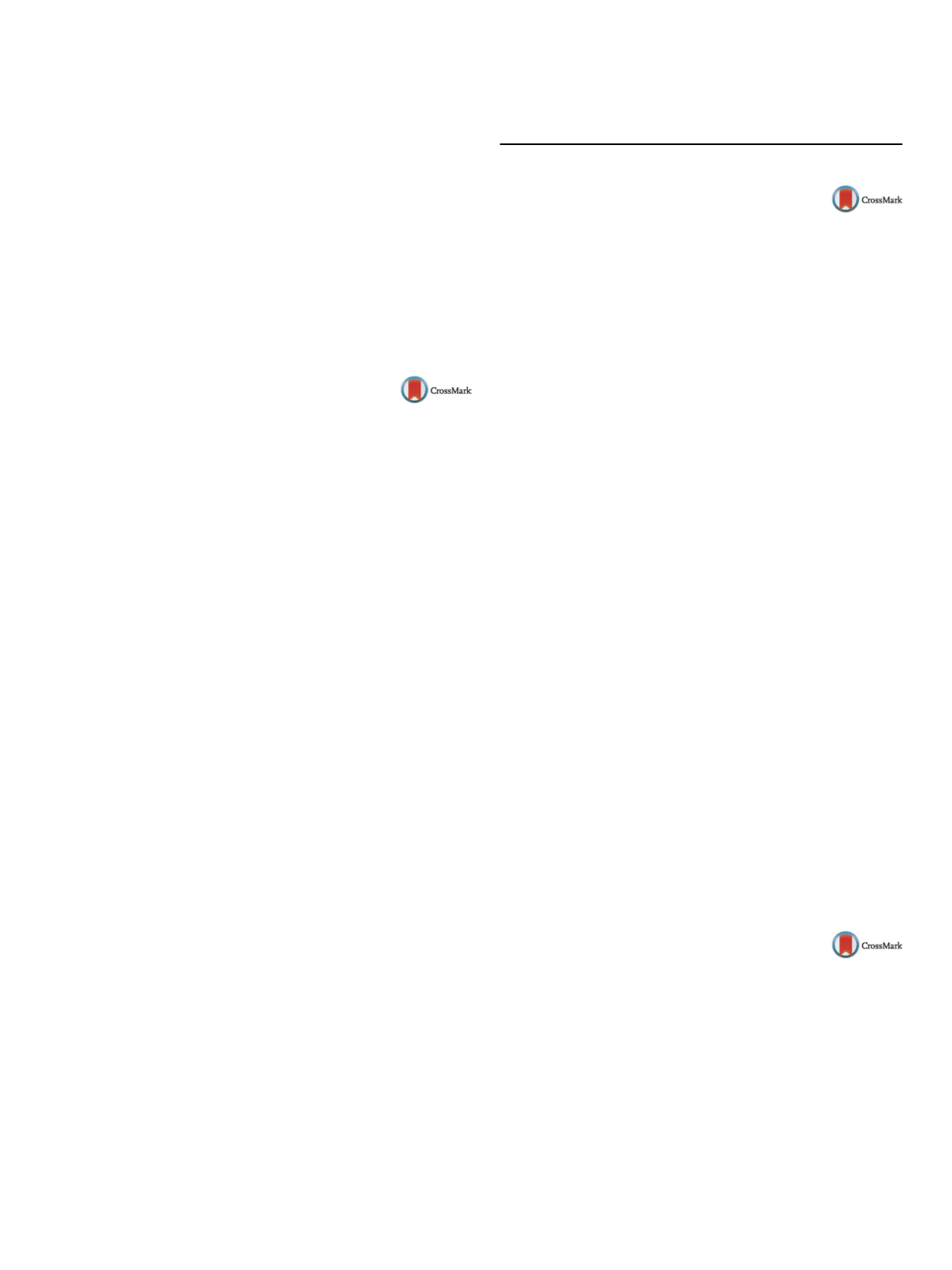

25th European Congress of Psychiatry / European Psychiatry 41S (2017) S170–S237
S231
Methods
The activities developed are: administrative actions;
institutional strengthening for social inclusion initiative through
work; and the Carnival Block organization.
Results
This study work on constituting a social inclusion ini-
tiative through workshop that generate employment, e.g.: sale
material production, financial management, material replacement.
Although we do all the preparative to the Carnival Block–“Loucura
Suburbana”.
Conclusion
The relationship with the psychiatric patients shows
that social inclusion through carnival workshop practice is the
primary means for the identity of people suffering from mental
disorders and contribute to reduce community social stigma.
Disclosure of interest
The authors have not supplied their decla-
ration of competing interest.
http://dx.doi.org/10.1016/j.eurpsy.2017.01.2238EW0369
Differences in baseline demographics,
presentation, pathways to care and
duration of untreated psychosis (DUP)
in the ethnically diverse population of
Lancashire, UK
V. Damle
1 ,∗
, D.N. Husain
21
Lancashire Care NHS Foundation Trust, Psychiatry, Bolton, United
Kingdom
2
Lancashire Care NHS Foundation Trust, Psychaitry, Manchester,
United Kingdom
∗
Corresponding author.
Introduction
DUP is the time from the emergence of first psy-
chotic symptom to the commencement of adequate antipsychotic
treatment. Psychopathological and sociocultural factors influence
patient’s treatment seeking behavior. Better understanding of DUP
could help in development of improved therapeutic strategies and
public health initiatives. Emphasis on early detection of psychosis
and reduction of DUP has led to a huge interest in pathways to care.
Objectives
To understand the differences in baseline demograph-
ics, presentation, care-pathways and DUP in ethnically diverse
population of Lancashire, UK.
Methods
Our cross-sectional study involved a subset analysis of
National EDEN data for Blackburn and Preston in Lancashire.
Results
Of the 183 patients, 78% were Whites and rest belonged
to BME population. Median DUP was 188 days. Whites were sig-
nificantly younger at onset of both non-specific symptoms and
psychosis and at acceptance into EIS. Whites were significantly less
likely than non-whites to bemarried, more likely to be in paidwork
and to have used illicit drugs. There were no significant differences
with respect to other demographics/delays in help seeking or DUP.
Non-White group had shorter DUP of 95 days (but not statistically
significant,
P
= 0.060).
Conclusions
Better understanding of mental illness and local ser-
vices inWhite patients could have led to early help seeking. Having
a supportive familymay have promoted early help seeking and thus
shorter DUP in BME group. Further studies are needed exploring
socioenvironmental variables, substance misuse and knowledge
of local psychiatric services amongst the BME population and the
influence of these variables on DUP.
Disclosure of interest
The authors have not supplied their decla-
ration of competing interest.
http://dx.doi.org/10.1016/j.eurpsy.2017.01.2239e-poster walk: Consultation liaison psychiatry and
psychosomatics–Part 1
EW0370
Somatoform symptoms’ influence on
the rubber hand illusion: Additional
analysis
O. Perepelkina
∗
, G. Arina , M. Boboleva , V. Nikolaeva
Lomonosov Moscow State University, Department of psychology,
Moscow, Russia
∗
Corresponding author.
Introduction
In the rubber hand illusion (RHI)
[1] , sense of body
ownership is changed by synchronous touches to the hidden par-
ticipant’s hand and a visible rubber hand. It was previously shown
[2] that medically unexplained symptoms were associatedwith the
weaker RHI (
n
= 40).
Objectives
We used data from our previous research
[3] and sup-
plementary questionnaires to test the hypothesis that somatoform
symptoms would be associatedwith the decreased response to RHI.
Methods
Subjects (
n
= 78) voluntarily undergo the following pro-
cedures: RHI experiment withmeasurement of proprioceptive drift
and self-reports, Screening for Somatoform Disorders (SOMS-2)
and Symptom Check List-90-Revised (the “somatization scale”).
Results
Robust regression was used to evaluate predictors influ-
ence: Drift/Self-reports
∼
SOMS-2 + somatization. SOMS-2 was a
significant predictor for proprioceptive drift with positive coef-
ficient (
P
< 0.05, adjusted), both predictors were insignificant for
self-reports.
Conclusions
Thus, the results of
[2] were not reproduced. We
demonstrated on the larger sample, that the higher somatoform
symptoms (scores of SOMS-2) predicted the stronger RHI. Since
our research and
[2] had been conducted on non-clinical groups,
it is necessary to conduct the critical experiment on the clinical
population.
The reported study was funded by RFBR according to the research
project No.16-36-00394.
Disclosure of interest
The authors have not supplied their decla-
ration of competing interest.
References
[1] Botvinick M, Cohen J. Rubber hands
«
feel
»
touch that eyes see.
Nature 1998;391(6669).
[2] Miles E, Poliakoff E, Brown RJ. Medically unexplained symptom
reports are associated with a decreased response to the rubber
hand illusion. Journal of Psychosomatic Research 2011;71(4).
[3] Perepelkina OS. Rubber hand illusion psychosomatic pathology.
IMRF2016 Abstract Book 2016.
http://dx.doi.org/10.1016/j.eurpsy.2017.01.2240EW0371
Psychiatric symptomatology and
health-related quality of life in
children with epilepsy
A. Bilgic
1 ,∗
, Ü. Is¸ ık
2, H. Derin
3, R. C¸ olak Sivri
1, H. C¸ aksen
31
Meram School of Medicine - Necmettin Erbakan University, Child
and Adolescent Psychiatry, Konya, Turkey
2
Yozgat Government Hospital, Child and Adolescent Psychiatry,
Yozgat, Turkey
3
Meram Faculty of Medicine, Necmettin Erbakan University, Child
Neurology, Konya, Turkey
∗
Corresponding author.
Introduction
There is a limited amount of data regarding the rela-
tionship between epilepsy and psychiatric symptoms and quality
of life (QoL) in children and adolescents.


















